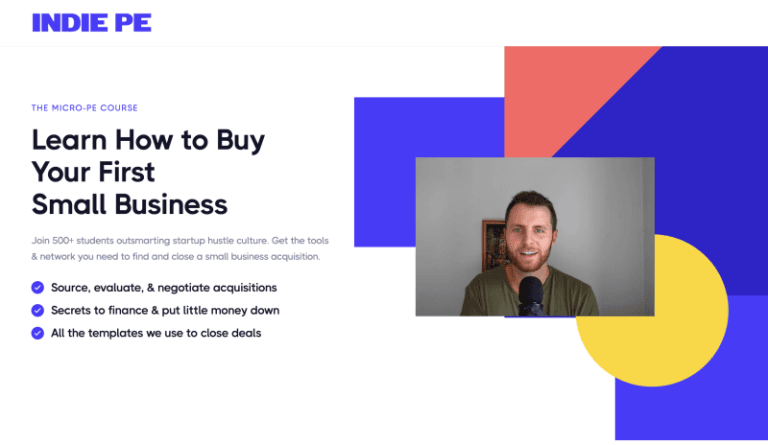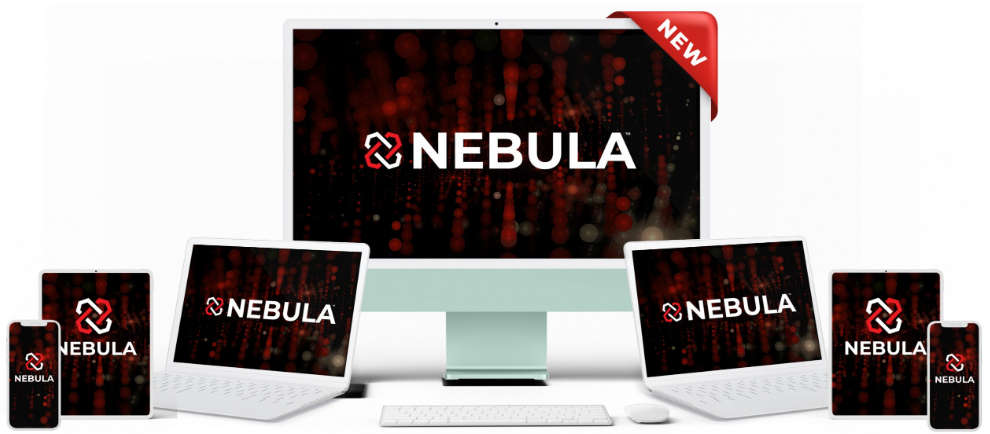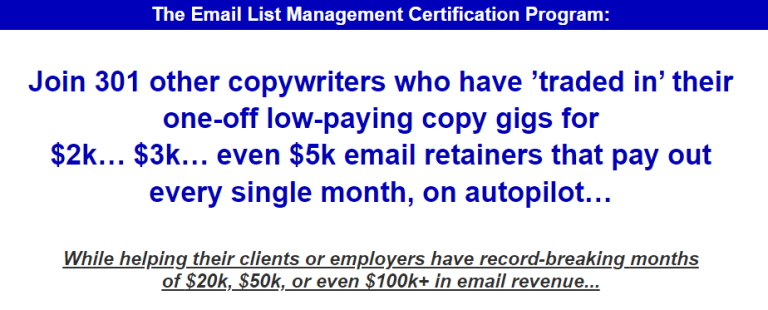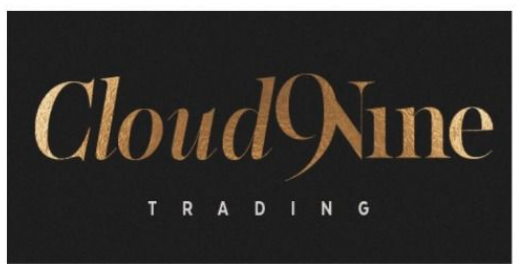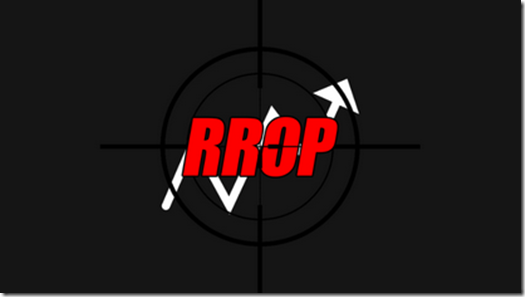How to Buy a Small Business: A Complete, Practical Path from Search to Scale
How to Buy a Small Business gives you a clear, end-to-end roadmap. You learn why buying often beats building. You also master sourcing, diligence, valuation, financing, and growth. Therefore, you move from curiosity to a confident close with structure and speed.
Getting Started: Why Buy Then Build
You begin with the core thesis and setup steps. The course explains why buying is faster, safer, and often cheaper than starting. You then cover entity formation for US buyers with simple guidance. Next, you choose your niche with intent and constraints. Q&A segments address common early questions. You learn whether to search solo or with a partner. You also assess the need for a technical co-founder. Additionally, you review uneven capital contributions and how to handle them fairly. This foundation makes later decisions easier and cleaner.
Sourcing: Build Consistent, High-Quality Deal Flow
The sourcing module lays out a full acquisition pipeline. You start with a landscape overview and a broad list of dealflow sources. Marketplaces and brokers appear alongside other channels. Then you dive into proprietary sourcing with detailed list building. A complete emailing guide shows how to reach owners respectfully. You receive outbound scripts for first contact and follow-ups. You also learn when and how to pay finder’s fees. Moreover, the course includes a live example building an outbound target list. Notes and a reusable template reinforce each step. You also learn how to find a local business to buy. A live sourcing session with Q&A ties it all together.
Diligence: Qualitative and Quantitative Checks That Protect You
Diligence begins with qualitative analysis. You use a structured template to capture key insights. Culture, customers, and operational realities take center stage. Next, you shift to financial and quantitative diligence. You review essential financial terms with precise definitions. A full financial model template supports your analysis. Clear due diligence question sets keep conversations productive. Legal templates help you move securely, including NDA, LOI, and APA. You receive two diligence checklists, one for asset sales and one for equity sales. A Q&A addresses fraud concerns and protective steps. You also study good reasons for selling and common green flags. Red flags are covered in detail so you can walk early when needed. Finally, you watch a live deal analysis and growth planning session.
Valuation & Negotiation: Structure, Price, and Fair Expectations
Valuation and negotiation start with a complete walkthrough. A visual flowchart clarifies the entire negotiation path. You learn how to value a business with practical tools. The module covers software valuation separately, with clear differences. You compare revenue and profit multiples and when to use each. Valuation by size helps you calibrate expectations. You also learn to manage seller expectations professionally. Dedicated Q&A sessions address tricky scenarios. You discuss renegotiation after diligence findings. You also handle no-revenue businesses and how to price risk. Technical debt considerations get specific guidance. Cash-heavy businesses receive dedicated treatment. You review whether to make an LOI deposit and when. Finally, you evaluate personal guarantees on seller notes. Real deal breakdowns deepen your pattern recognition, including Ottomatik and Scout. Margin of safety principles and low-priced SaaS wrap the section.
Financing & Closing: Capital Stacks and Smooth Transitions
The financing module covers multiple structures, from simple to advanced. You learn how to structure a deal with or without outside investors. Next, you discover where to find investors and how to build a track record. Real private equity deal structures provide concrete examples. Transfer worksheets simplify asset and login migration. Closing mechanics and escrow procedures bring clarity to the finish line. A general transition guide helps you plan the handoff. You also learn how to get an SBA loan and when to use one. Non-dilutive acquisition financing is covered through a guest lecture. A separate segment focuses on SBA loans for SaaS. You compare asset purchases versus equity purchases with pros and cons. Planning to exit appears early to inform initial structure. A second guest lecture walks through acquisition financial modeling.
Growth: Operate, Hire, and Compound Value Post-Close
Growth focuses on execution after the ink is dry. You learn how to hire and manage developers or a product team. Next, you build content leverage with SEO writers. A sample job description and form accelerates hiring. You study Constellation Software as a leading HoldCo example. Minimizing taxes on exit helps you plan long-term. Structuring a holding company enables multi-asset strategies. You then find your competitive advantage and protect it. A Q&A addresses whether to keep companies separate or together. Another Q&A explores Berkshire-inspired private equity models. Partner deals and discounts accelerate operations. A final section shows how to supercharge your growth with focused actions.
Templates and Tools That Speed Every Step
The course includes a deep toolkit aligned to each module. You receive outbound email scripts and target list templates. Qualitative and quantitative analysis templates guide diligence. Legal templates include NDA, LOI, and APA for safe execution. Asset and equity diligence checklists remove guesswork. A transfer worksheet and login template smooth migrations. A financial model template supports valuation and scenario analysis. You also gain negotiation flowcharts and structure examples. Together, these tools help you act quickly and avoid costly delays.
A Simple 30-Day Execution Plan
Week one, finalize your niche and legal entity. Week two, build your list and send outbound emails. Week three, filter responses and begin light diligence. Week four, draft LOIs and prepare financial models. This cadence preserves momentum and reduces overwhelm.
Final Thoughts: How to Buy a Small Business with Confidence
How to Buy a Small Business provides a complete acquisition system. You master sourcing, diligence, valuation, financing, and growth. You also gain templates and checklists that speed execution. Therefore, you can pursue deals with clarity and reduce risk.
For a complementary framework focused on creative funding and fast close mechanics, explore Epic Network – Epic First Deal Blueprint. It pairs well with How to Buy a Small Business by expanding zero-cash structures, LOI tactics, and post-close acceleration.
Sales Page
Download Link for VIP Membership Users:
Download link is available for Lifetime VIP Membership members only. |
|---|


